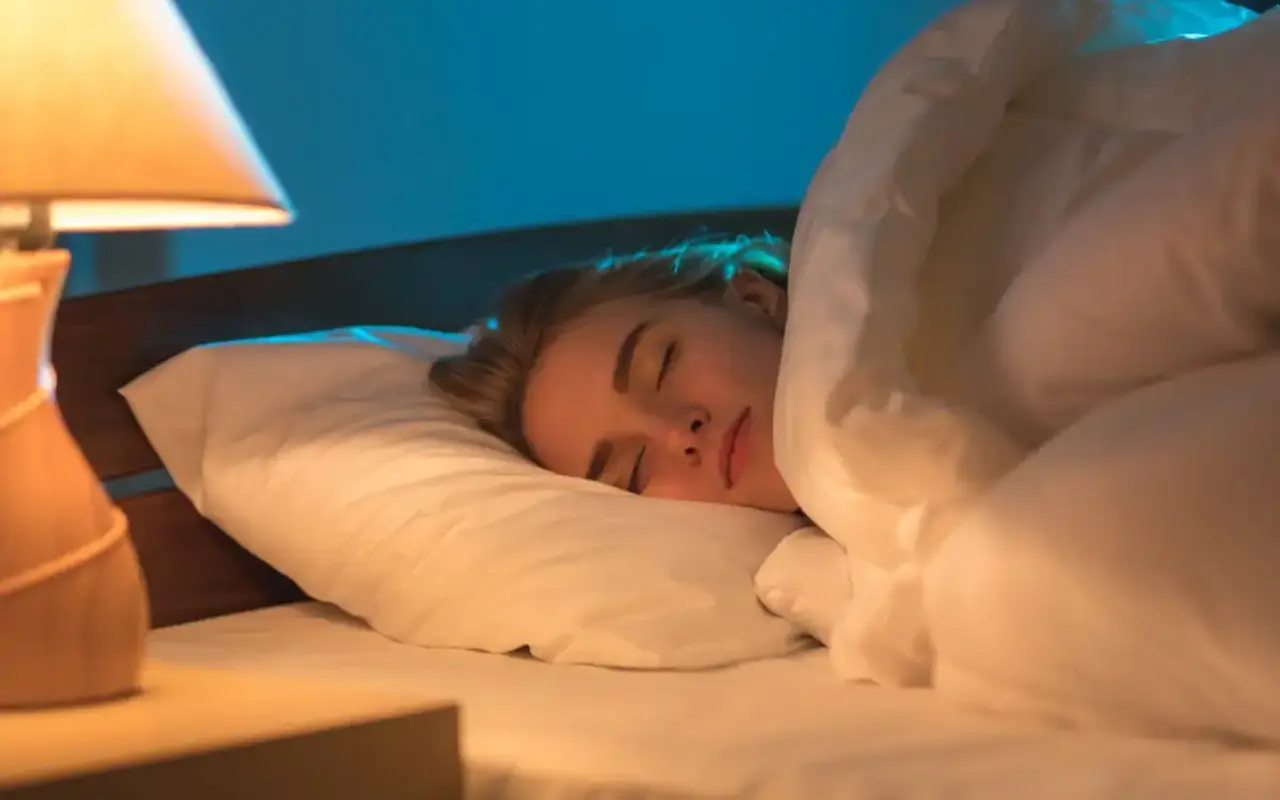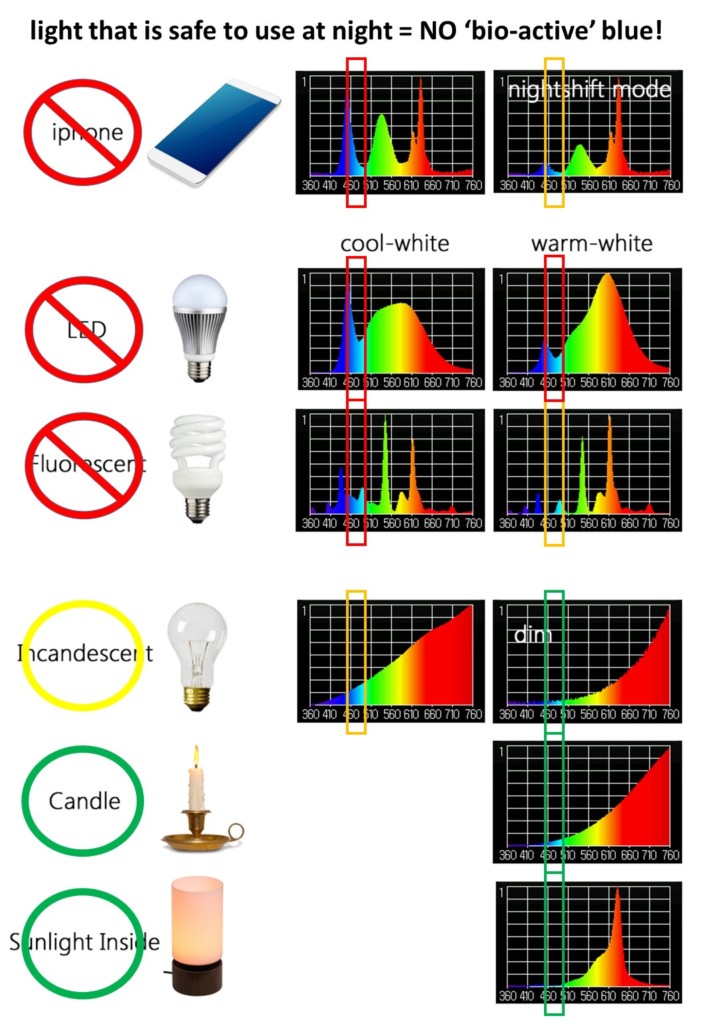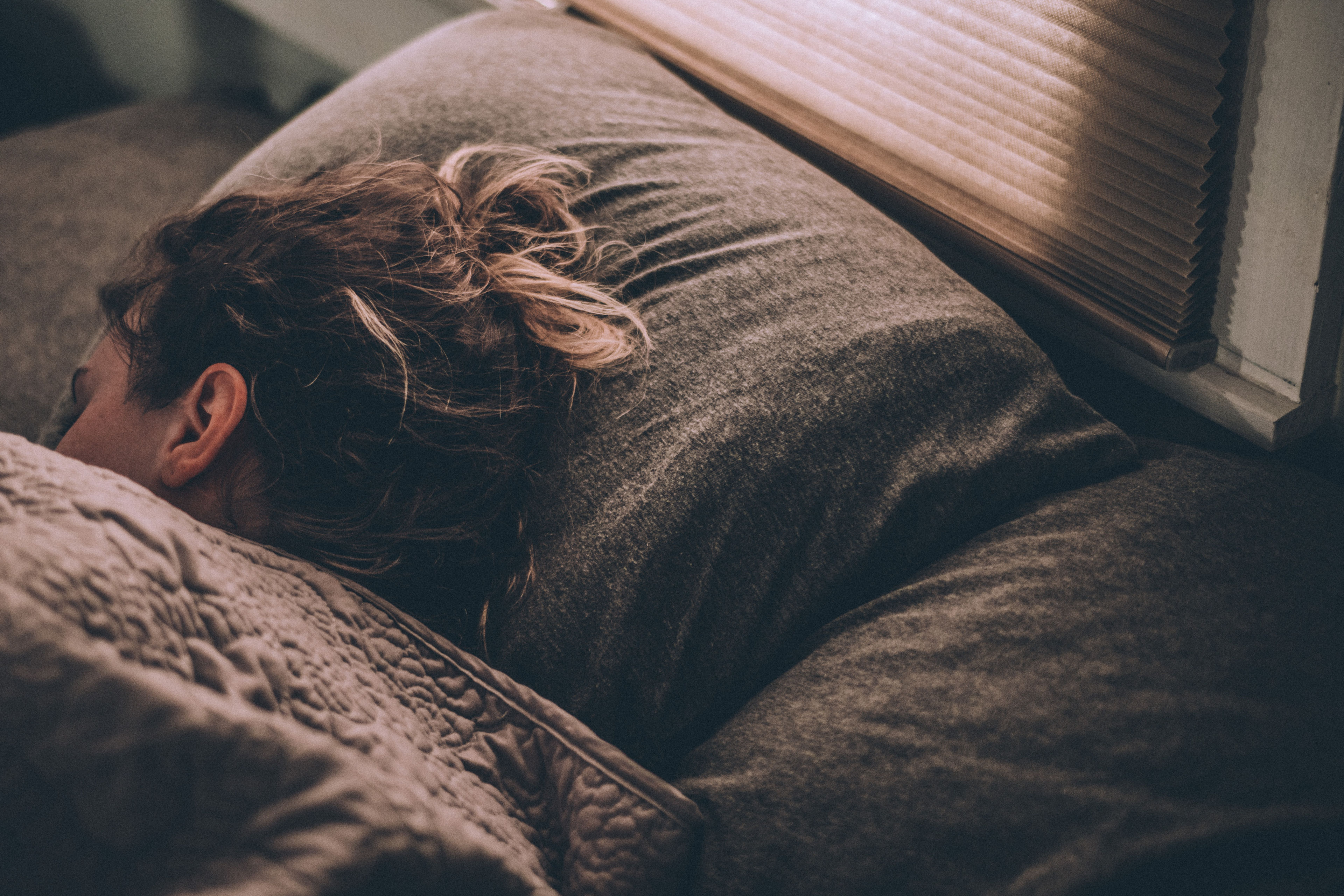Antwort Is it OK to sleep next to LED lights? Weitere Antworten – Is it safe to sleep next to LED lights
Having bright lights on all night long can disrupt your natural circadian rhythms and make it harder to fall and stay asleep. The blue light emitted from LEDs is especially problematic for sleep. Consider turning strip lights off in bedrooms and living spaces at night.LED lights may be left on all night without causing any safety risks, but doing so has certain advantages as well. For example, LED lights are perfect for use as nightlights since they emit a soft, calming glow that may help you safely explore your house at night.Install the LED Strips in the Right Location
LED strips can be installed under the bed, along the headboard, or around the perimeter of the ceiling to create a soft and gentle glow. Installing LED strips in multiple locations can create a layered lighting effect that can be customized to meet individual preferences.
Is it safe to have LED lights in your room : By paying attention to the LED bulb specifications, and taking appropriate precautions and using some basic common sense, you can safely incorporate LED lights in your home without any negative health effects of the "blue light hazard."
Where should you not use LED lights
LEDs deal with heat much differently than other bulbs. They use a heat sink to draw heat away from the diodes, as excessive heat can cause the bulb to fail. This problem is exacerbated when an LED light is installed in a ventless enclosed fixture.
Is it OK to sleep with blue LED lights on : Among the visible light spectrum, blue wavelengths have the most powerful effect on your sleep-wake internal body clock. Both natural and artificial blue light can boost your alertness and mental sharpness. But too much of it may keep you awake when your body needs to wind down. Block out light to get good sleep.
Well-made LED lights can be left on 24 hours a day, seven days a week. They last extremely long and are relatively safe due to their very low chance of overheating. On average, LED bulbs last between 35,000 and 50,000 hours. LED bulbs convert about 90 percent of energy into light and 10 percent into heat.
red
Research studies discovered red to be the best color light to help you sleep, because it increases production of melatonin as well as full darkness.
Where not to put LED lights
Never install LED strip lighting on a flammable surface and never place foil or other makeshift material under your lights to try and create a barrier.While the scientific evidence does not show any increased risk to the eyes, there may be other effects, like disrupting normal sleep and wake patterns, which might be particularly important for this age group. As people age, they may experience more difficulties with blue light sources.A 2019 report by The French Agency for Food, Environment and Occupational Health and Safety (ANSES) found the blue light emitted from LEDs can harm the human eye. Blue light, common in LED devices, has a phototoxic effect. This means repeated exposure can make our skin and eyes extremely sensitive to light.
The FDA has approved some products for home use. LED skin devices don't have a lot of power, so they're unlikely to burn your skin. However, it is important to shield your eyes from the light while using them, says Dr. Buzney.
What is the negative of LED lights : Disadvantages of LED Bulbs
Most white LED bulbs emit a cooler, blue-tinted light — rather than the “warmer” glow that is associated with incandescent bulbs. Some people prefer “daylight” or “natural light” LED options. Some LED fixtures may create sharp shadows that may not be desirable in certain places in the home.
Is red LED light good for sleep : Putting red light on before you go to bed is a great idea because red light stimulates the secretion of melatonin, the hormone responsible for making us sleepy. It also improves muscle regeneration which helps with muscle gain. This helps improve sleep quality and therefore improves your performance throughout the day.
What’s a sad color for LED lights
For this reason, yellow light has been clinically used to treat depression and Seasonal Affective Disorder (SAD). You might try switching your LED lights to a yellow hue during the dark winter months and when you feel down.
They can see green and ultraviolet light. Green is their favorite color because they're most sensitive to light in the green wavelength. As a result, wearing green or having lots of green items around your home will attract more spiders.While other light bulbs can get extremely hot when you turn them on, LED lights usually only get slightly warm, if at all (they may even feel cold to the touch). It is because LEDs use less energy than other bulbs, which means they don't waste as much energy producing unnecessary heat.
Are LED lights considered hazardous : Are LED light bulbs household hazardous waste (HHW) like CFL bulbs No, but it's still best not to throw them in the trash. Some LEDs, including string lights, do not contain hazardous materials but older bulbs may contain heavy metals like arsenic and lead and should be disposed of properly as a result.





